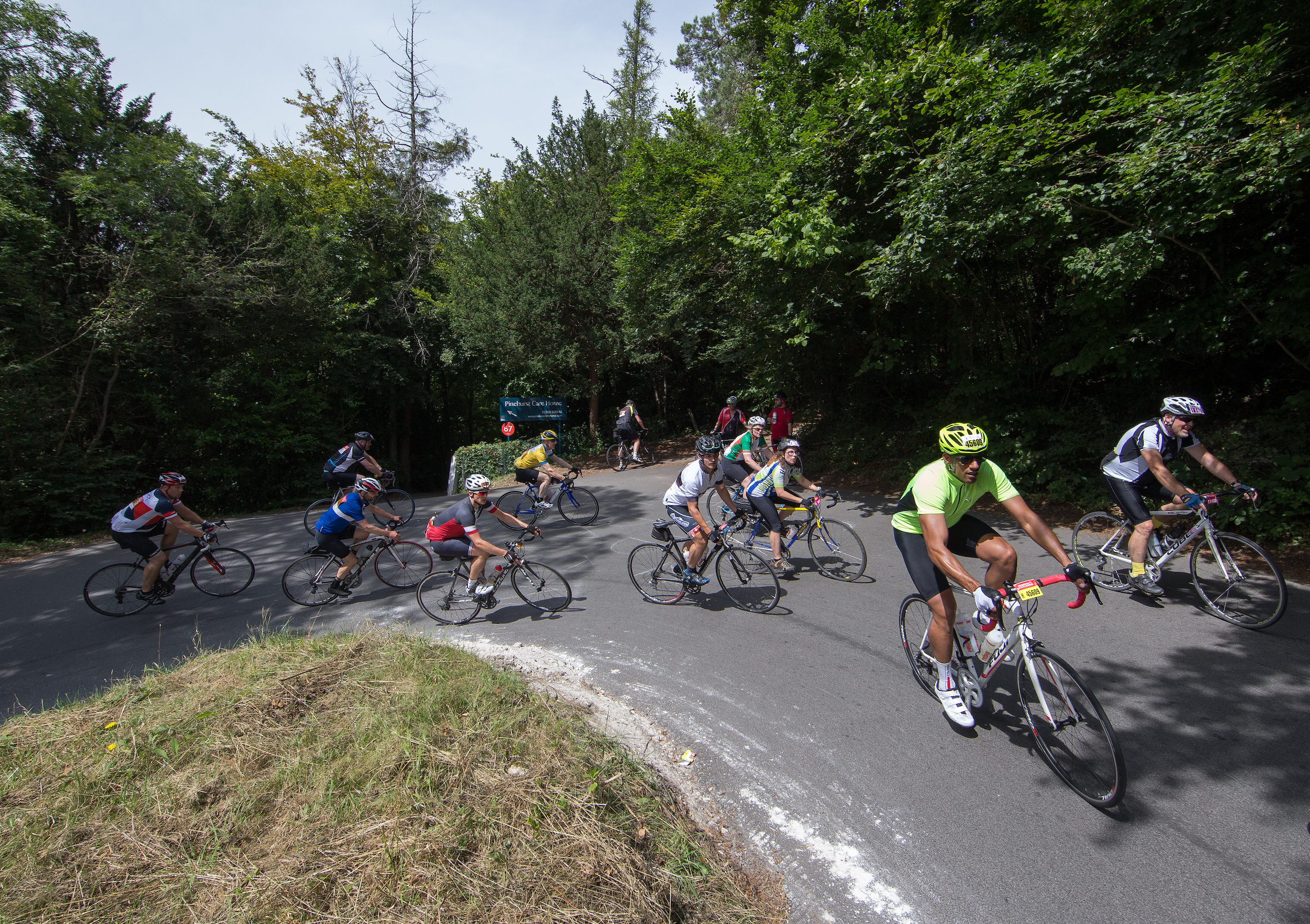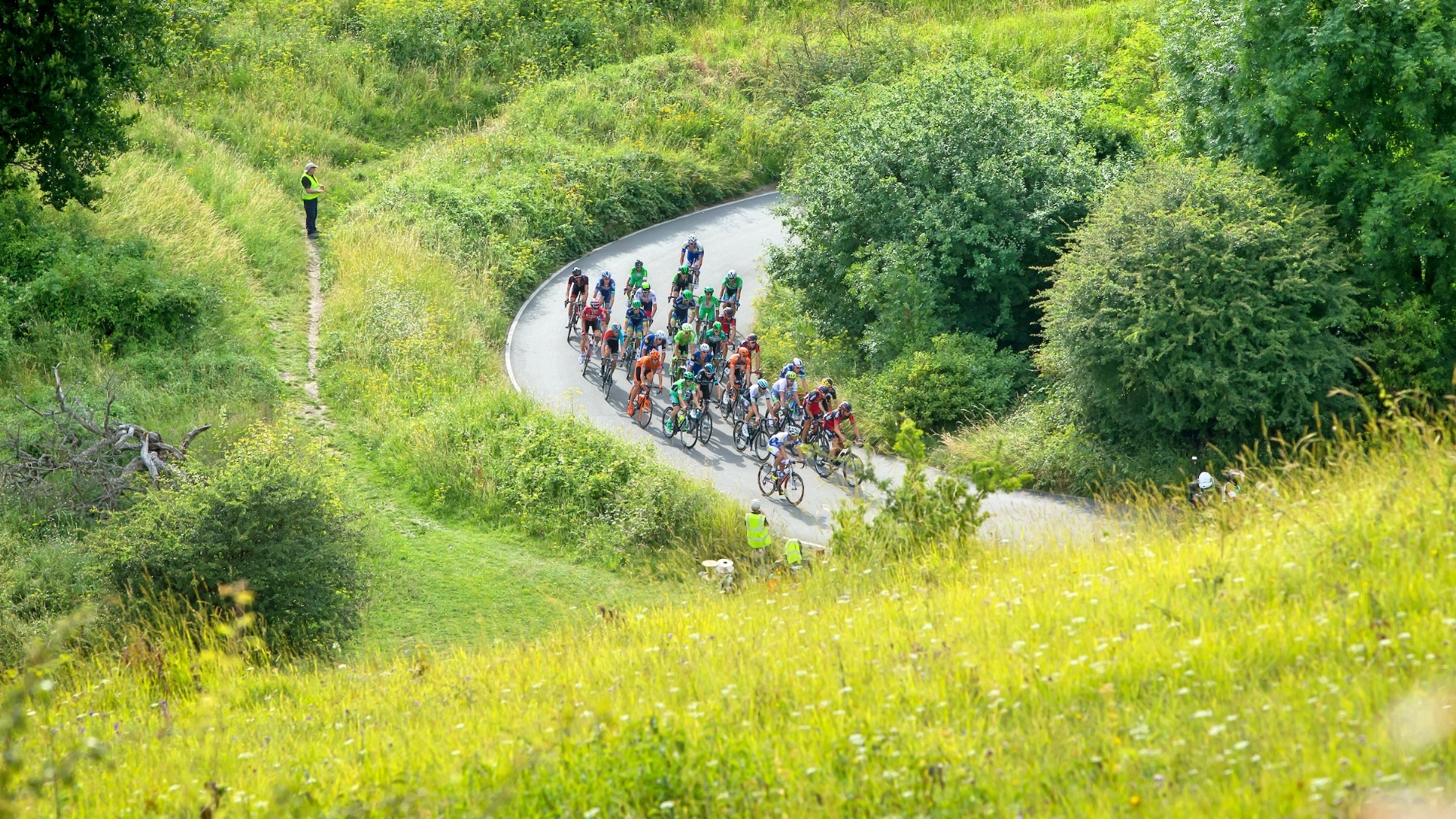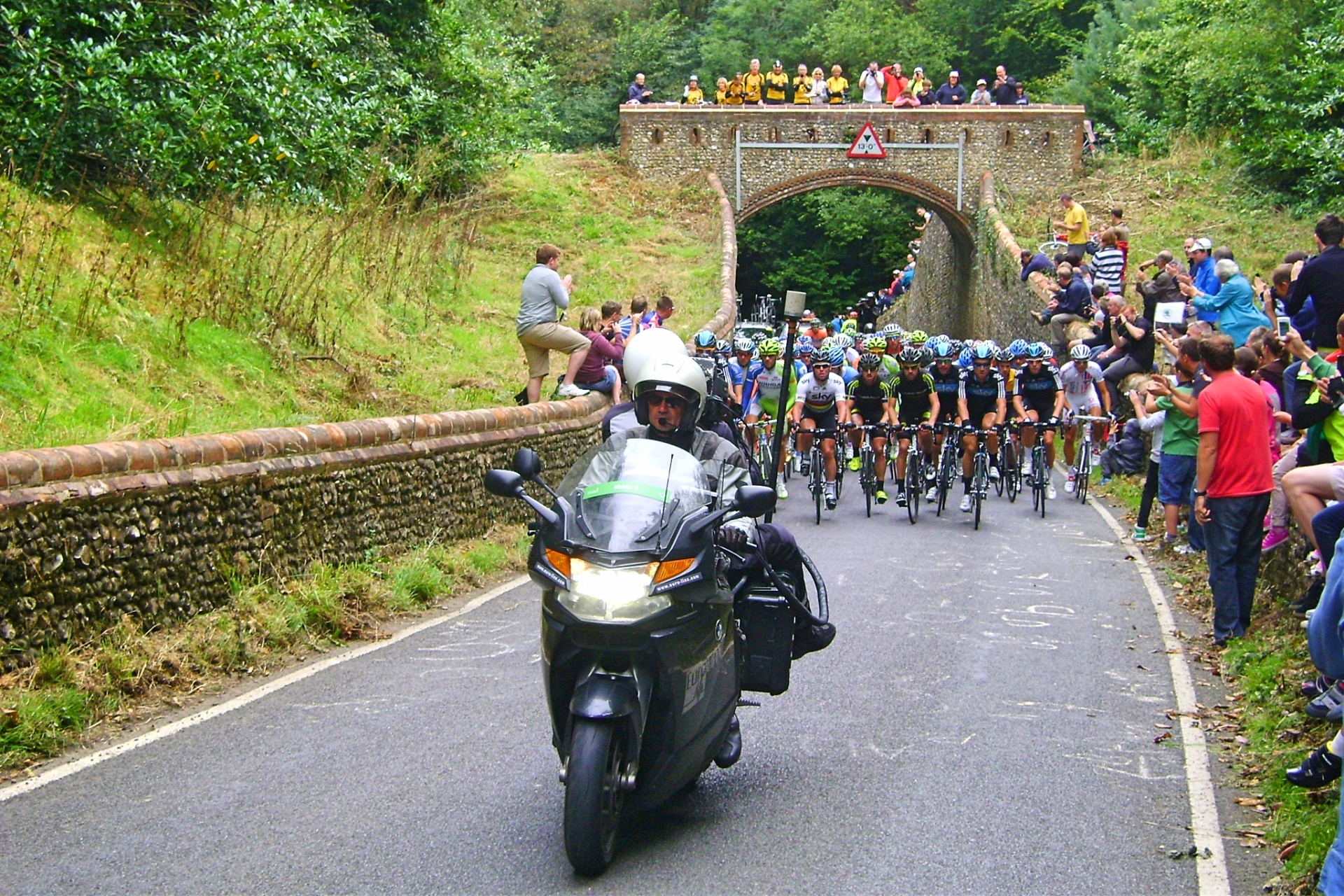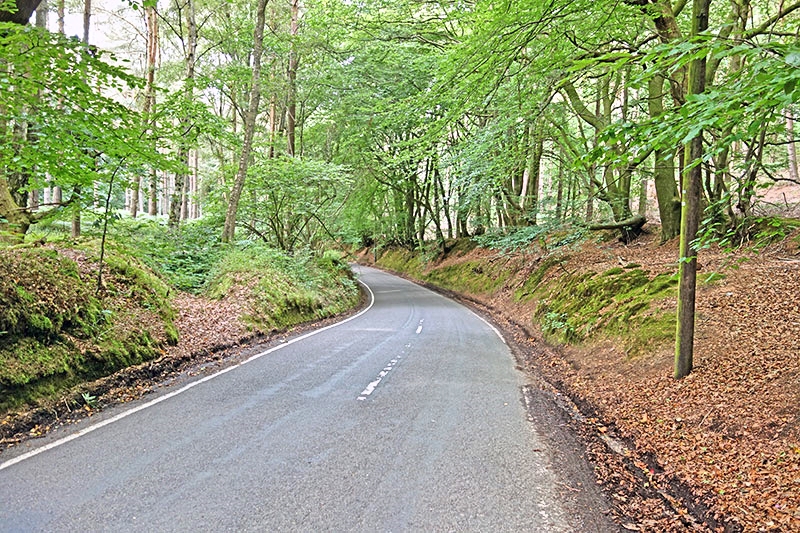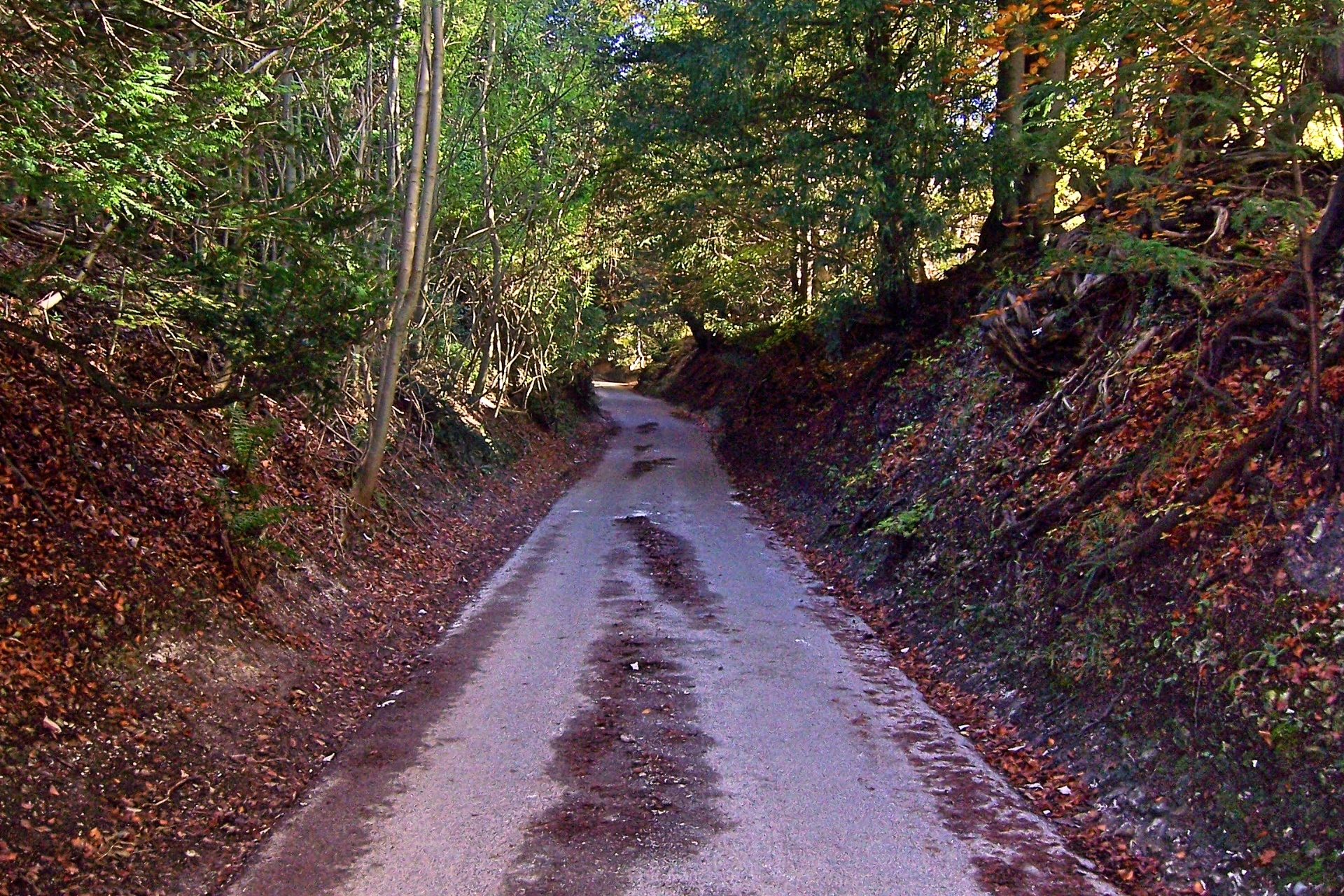Since the London 2012 Olympic Games, the Surrey countryside has become a must-ride area for cyclists all over the country thanks to its hosting of the Olympic Road Race, and latterly the RideLondon-Surrey Classic road race – which from next year boasts UCI WorldTour status.
Certainly popularity has spiked since then, and it’s a haven for weekend warriors using the area south of the capital to get away from everyday city life. As a result, it’s become one of the prime areas to visit in Britain for the road cyclist.
Naturally, you’ll want to test yourself against the best and arguably toughest climbs the county – so here are ten to get you started.
[series]
